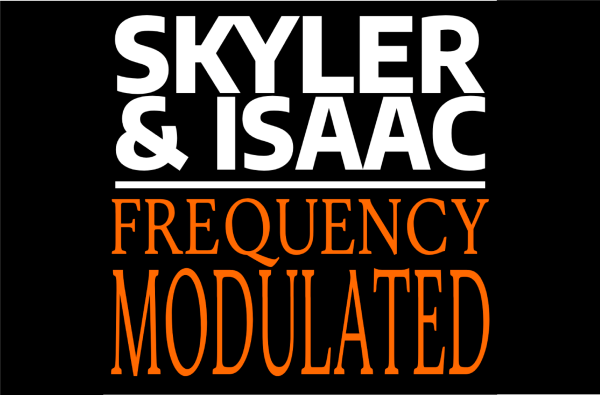Millennials suffer from phantom vibration syndrome
Image by Bailey Horlander.
Ever have the feeling that your phone is vibrating, but when you look down, there’s nothing there? This is a phenomenon known as phantom vibration syndrome.
One study of undergraduate students at Indiana University-Purdue University found that 90 percent of undergraduates experienced phantom vibration syndrome. This is a staggering statistic.
I have noticed this sensation a lot in my own life. I will constantly check my phone because I think that it has vibrated in my pocket or on my desk.
There is no direct cause of this syndrome. Many professionals believe it stems from factors such as how often the phone vibrates per day, overall phone use, the frequency of the sound and changes in our brain chemistry over time.
While researchers do not unanimously agree on a specific cause, I have several theories of my own. Millennials have had to do very little waiting. Everything we do has an immediate response – from taking exams online to instant messaging. Our lives have very little delay in them. We expect quick responses and when they don’t happen, we fill in the gaps ourselves.
There are ways to help cope with phantom vibration syndrome. Most sources recommend having phone fasts. These are periods of time where you go without any phone usage, ranging from an hour to a day or even weeks.
Every now and then, just turn off the vibration. With the function turned off, it’s less likely you’ll feel, or think you feel, the sensation. This can be done during the phone fast periods to make it easier to ignore the phone.
Changing where or how you carry your cell phone can also help – sometimes in your hand and other times in a pocket or your backpack. This will change the overall amount of time spent on your cell phone as well because it won’t always be so easily accessible.
BU students who said they didn’t experience phantom vibrations said they generally keep the sound on. Keeping the sound on keeps the vibrations from happening in the first place.







